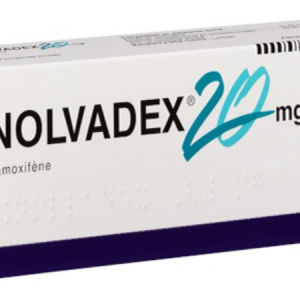$87.70
Anadrol is a potent anabolic steroid known for its ability to rapidly increase muscle mass and strength. While effective for medical conditions like anemia, its use in non-medical contexts is controversial due to significant side effects and health risks, particularly liver toxicity and hormonal imbalances. Users should exercise caution, adhere to recommended dosages, and undergo regular medical monitoring when using Anadrol or any similar steroid to minimize potential adverse effects.
Anadrol, also known as Oxymetholone, is a powerful synthetic anabolic steroid that has been widely used in medical and non-medical contexts. Here’s an overview of Anadrol:
Chemical Structure and Characteristics:
Anadrol is derived from dihydrotestosterone (DHT) and has been structurally altered to enhance its anabolic properties while reducing its androgenic effects. It is orally active, making it convenient for users compared to injectable steroids.
Medical Uses:
Originally developed in the 1960s by Syntex Pharmaceuticals, Anadrol was primarily used to treat various medical conditions, including:
- Anemia: It was prescribed to treat anemia associated with bone marrow failure or insufficient red blood cell production.
- Muscle Wasting Diseases: Anadrol was also used to counteract muscle wasting diseases, such as HIV/AIDS-related wasting syndrome.
Anabolic Effects:
- Muscle Growth: Anadrol is highly effective in promoting muscle growth and strength gains. It significantly increases protein synthesis, leading to rapid muscle hypertrophy.
- Increased Appetite: Many users report an increase in appetite, which can be beneficial for those needing to gain weight and muscle mass.
Administration and Dosage:
Anadrol is typically taken orally in tablet form. Dosages can vary widely depending on the individual’s goals and experience level, ranging from 25 mg to 150 mg per day. Due to its potency, lower doses are often effective for achieving desired results.
Side Effects:
- Liver Toxicity: Like many oral steroids, Anadrol is hepatotoxic and can cause liver damage with prolonged or high-dose use. Regular liver function tests are essential.
- Androgenic Effects: Anadrol can cause androgenic side effects such as acne, oily skin, and accelerated hair loss, particularly in individuals genetically predisposed to these conditions.
- Estrogenic Effects: Despite being a DHT derivative, Anadrol can aromatize (convert to estrogen) in the body, leading to water retention, bloating, and gynecomastia (enlargement of male breast tissue).
- Cardiovascular Risks: It can adversely affect cholesterol levels, increasing LDL (bad cholesterol) and decreasing HDL (good cholesterol), which may contribute to cardiovascular issues.
- Hormonal Suppression: Anadrol suppresses natural testosterone production. Post-cycle therapy (PCT) is necessary to restore normal hormone levels after discontinuation.
Legal Status and Availability:
Anadrol is classified as a controlled substance in many countries due to its potential for abuse and health risks. It is strictly regulated and typically available only with a prescription for medical purposes.
2 reviews for Anadrol,
There are no reviews yet.



Be the first to review “Anadrol,”